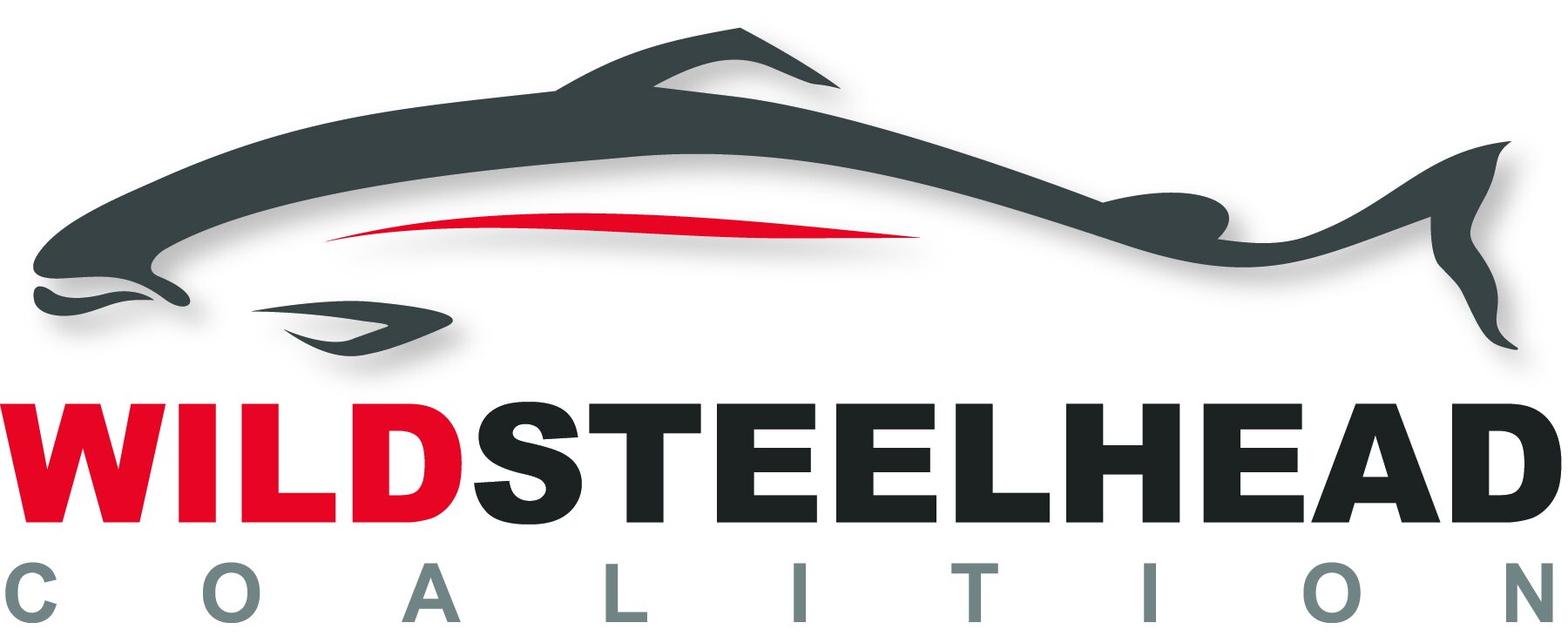WDFW proposal to simplify sportfishing rules
Throughout the Wild Steelhead Coalition’s history, we have worked closely with the Washington Department of Fish and Wildlife (WDFW) to simplify sport fishing rules and to ensure they protect wild steelhead. Generally, our coalition of passionate anglers, conservationists, experienced scientists, and retired fisheries managers works closely with WDFW on their rule changes and supports their efforts.
However, we have serious concerns with several proposals that are included in their proposed freshwater regulations in 2017-19 as we believe they will increase wild steelhead mortality and impair their long-term genetic fitness. We are particularly concerned about proposals to roll back the mandatory hatchery steelhead retention rules currently in place statewide as well as those that will increase harvest of wild resident rainbow trout and coastal cutthroat trout in areas of anadromy.
Please take action and submit comments to WDFW by November 30, 2017! Suggested comments are available below. Feel free to copy and paste, but please add your own voice to your comments to increase their influence!
The current comment period closes on November 30th, and the Washington Fish and Wildlife Commission is also expected to take public input on these proposals at their December 9th commission meeting.
Comments
I am writing to express my strong opposition to several proposals put forth by WDFW in 2017 during the Freshwater Regulations phase of the agency’s Sport Fishing Rule Simplification Process. Specifically, I am concerned with:
Policy Proposal: Eliminate mandatory steelhead retention
Despite scientifically-demonstrated negative effects on wild steelhead runs, including interbreeding and competition for habitat, hatchery steelhead are produced in many systems to provide sport fishing and harvest opportunity. Because these fish are produced explicitly for harvest, and because of the impacts they have on struggling wild steelhead populations, I am greatly concerned about proposals to roll back mandatory hatchery steelhead retention rules currently in place statewide. I strongly support retaining this sensible and appropriate regulation as it is currently written.
When hatchery steelhead are caught by anglers, this constitutes the successful utilization of these fish and as such they should be retained to remove them from the system. If hatchery steelhead bag limits are met and a catch and release fishery directly targeting wild steelhead is not specifically in place, the angler should cherish their success and cease fishing for the day, perhaps enjoying their surroundings or allowing other anglers a chance to fish.
In addition to the negative effects releasing hatchery steelhead would have on wild steelhead, in many watersheds guided clients and experienced anglers are known to catch steelhead, both hatchery and wild, in numbers that routinely exceed individual bag limits. While as anglers we all want to be successful on the water, encounters with high numbers of steelhead on any given day statistically mean a significant level of mortality caused to fish caught and released, typically between 10 and 20 percent of fish encountered depending on the study referenced. Mandating hatchery steelhead retention, especially in watersheds such as those of the Columbia and Snake River watersheds where a wild steelhead-specific fishery is not in place, helps reduce catch and release mortality and fairly distribute angler pressure while still allowing ample fishing opportunity. I strongly urge you to retain mandatory steelhead retention statewide.
Policy Proposal: Separate trout and steelhead rules
I do not universally oppose the proposal to separate trout and steelhead rules in rivers and creeks in order to remove one source of confusion from the regulations. However, language in the proposal offered by WDFW is gravely concerning in regards to the additional and unnecessary harvest it allows for wild resident rainbow trout and coastal cutthroat trout in areas of anadromy, or below barriers to the migration of steelhead and salmon. Research has shown that resident rainbow trout routinely interbreed with wild steelhead, contributing to the genetic diversity and resilience of wild steelhead populations. Additionally, this proposal is problematic as anglers retaining trout may not discern whether their catch is a coastal cutthroat or a resident rainbow, potentially increasing the harvest of wild resident rainbows in areas where these fish are important for rebuilding threatened wild steelhead runs. I also feel that anadromous cutthroat populations should not be subject to increased harvest until a better understanding of their abundance, population trends, and the value of widely-popular catch-and-release sea run cutthroat fisheries is available. I strongly oppose any regulations that increase harvest or retention opportunities for wild rainbow trout or wild coastal cutthroat trout in areas of anadromy. If regulations are to be separated, catch and release of wild rainbow and cutthroat trout should be required below barriers to upstream migration.
Policy Proposal: Statewide standards (apply to all rivers and streams unless listed as an exception)
Similar to the above, I do not broadly oppose efforts to standardize statewide freshwater fishing regulations. However, in doing so, WDFW should be certain to not increase harvest or retention opportunity directed at wild resident rainbow and coastal cutthroat trout in areas of anadromy, or below upstream barriers to wild steelhead and salmon migration. Catch and release fishing for trout, as well as other fish species, provides significant and popular fishing opportunity in Washington, as well as robust benefits for local economies and the Department of Fish and Wildlife. Increasing harvest opportunities for wild trout in anadromous areas is unnecessary, and would be harmful to wild steelhead, resident rainbow, and sea run coastal cutthroat trout without providing significant benefits as far as new fishing opportunity. While I support standardizing, and even liberalizing, retention limits for hatchery trout, I strongly urge WDFW not to open additional or increased harvest opportunity for wild trout in areas of anadromy in order to protect wild runs and sustainable angling opportunities.

